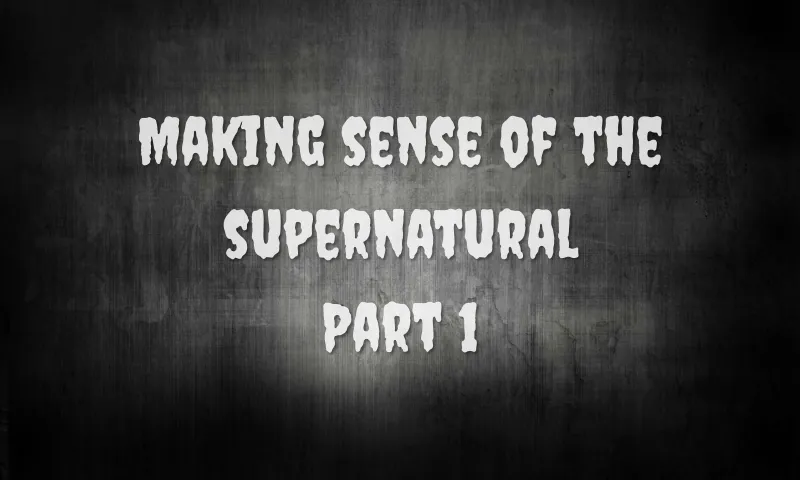
Something close to the following dialogue took place in my bedroom, in our old house, around 26 years ago, when I was 10 years of age, and really mean to my little brother. It was evening time and for reasons that I no longer remember I just wanted him out of my sight:
Abigail: Go to your bedroom!
Little brother (already with a crying face): Please let me stay.
Abigail: NO! I will take you to your bedroom. Let’s go.
Little brother: No. Pleeease.... There is a woman sitting on my bed. She has no arms and keeps staring at me.
I don’t recall what my exact thoughts were after that, but I seemed to have accepted it as a good enough reason to let him stay and play memory game with me. Also, from then onwards, I became quite wary of my brother’s bedroom as well as more compassionate towards him.
That I’m aware of, this was the first ‘supernatural’ story I ever encountered, but it was far from being the last. From narratives of lost loved ones coming back in the form of black birds, to visions of the fallen angel himself, I seem to have heard it all! I am equally curious and inquisitive about such accounts. However, what interests me the most is how the people who experience these situations make sense of them.
Nonetheless, in this 2 (or 3) part series I am going to discuss how neuropsychology and psychiatry make sense of such experiences. Still, do get ready for a bunch of spooky stories! 👻
When lost loved ones come back to pay a visit
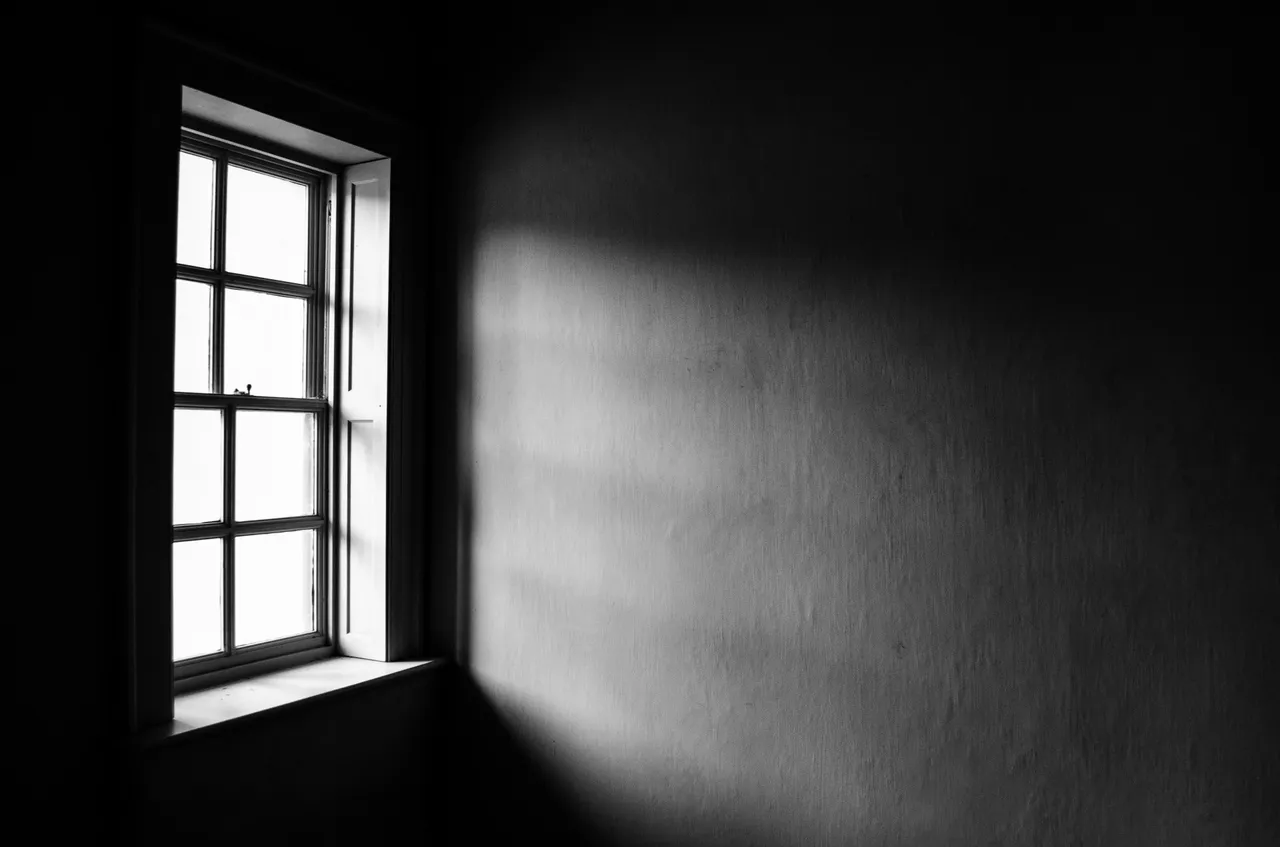
I saw her [the deceased wife] first on the very day of the funeral, an hour after she was buried.
Crime and Punishment, p. 323
It is a pity to think that the phenomenon of *hallucination* has fallen prey to the judgment of the Western world; where many regard it to be purely a consequence of superstitious beliefs, ignorance or even of a mental illness. But, it appears that experiencing hallucinations is something that comes with having a brain (at least a mammal’s one). And in some cases, such as in bereavement, they are regarded as a benign, coping mechanism that helps individuals to deal with the loss of a loved one. In these situations, they normally take place in the visual or auditory forms almost as if they were a remedy for a painful yearning.
The posthumous visits of Mr. Toben
I suppose this explains the months during which Mr. Toben came to visit his widowed wife at night, just before she fell asleep in bed. She told me that every night, after her prayer, he came and sat on the sofa-chair right in front of their former bed, and stayed there with a smile on his face waiting for her to fall asleep. Until the day his second heart attack claimed his life, Mr. Toben and his wife had been married for just over 30 years. His posthumous visits only lasted around 14 months, though. Either that or Mrs. Toben was too sleepy to notice his presence (following the arrival of her third grandchild she practically moved in with her younger daughter to help around).
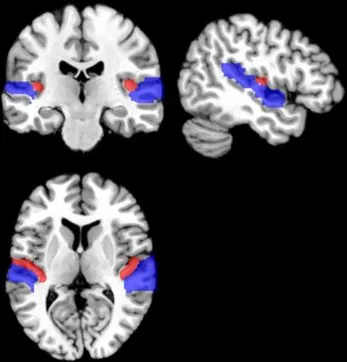
The brain hallucinates in different ways. Researchers have arrived to these findings through monitoring electrical impulses and metabolic activities through brain imaging while individuals hallucinate. In cases where people hallucinate faces, for example, an abnormal activation is seen in the inferior temporal cortex, in the same way that those who hallucinate voices would have the same sort of activation in the regions involved in processing speech.
In what I consider a rather thoughtful study, Dr. Dewi Rees found, after interviewing 293 widowed individuals, that nearly half of them had experienced hallucinations of their deceased husband or wife for years, some of them up to a decade 1. The same proportion was reported equally by men and women, and higher incidence was noticed in those who had had longer, happier marriages. Also, I hasten to add here that such occurrences have been seen in populations of different religions, ethnicity, social and cultural backgrounds 2.
What I found particularly touching about these studies was the fact that the individuals experiencing the hallucinations did not feel comfortable about sharing the events even with family and close friends. Well, indeed, Mrs. Toben’s children reported worries about her having dementia; this only upset her even more and prevented her from sharing her feelings with them.
My Spontaneous OBE experience
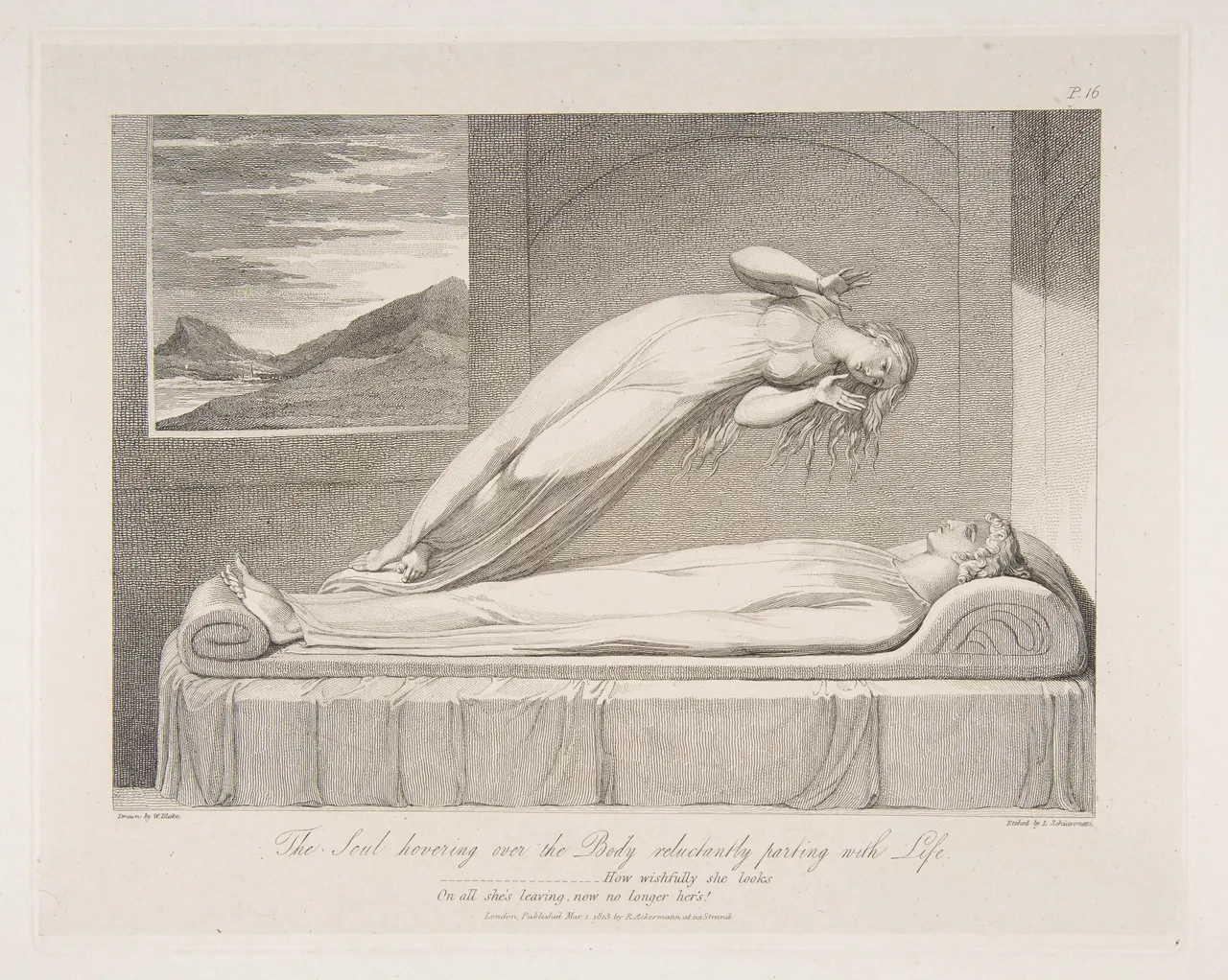
As one abandons worn-out clothes and acquires new ones, so when the body is worn out a new one is acquired by the self, who lives within.
The Bhagavad Gita, [2:22]
To date I have never experienced visual hallucinations. However, I had a couple of rather unpleasant out-of-body experiences (OBEs) in the past. Even though they happened a long time ago, thinking about them still sends a shiver down my spine. The first one was when I was around 18, and it was as frightening as it was brief. I was sleeping, and in the middle of the night I ‘suddenly’ found myself “floating” around my bedroom. I was very aware I wasn’t in my body and desperately wanted to return to it. I have never been a superstitious person; so, back them I just assumed it had been another bad dream. Nowadays, after coming across the literature I have explored, I believe that was an OBE hallucination.
But, look what I said: “I was very aware I wasn’t in my body and desperately wanted to return to it”. Isn’t our sense and certainty of embodiment rather interesting? For example, we are adamant that our self is located in our brain, and that we inhabit our bodies. Our bodies: the vehicle through which we navigate the world! Well, I suppose that body schema is partly responsible for this. Anyways, back to the subject.
While OBEs have been investigated more in-depth in cases of mental (e.g. DID) and brain disorders (e.g schizophrenia), subsequent to a series of interviews and questionnaires Blanke and colleagues concluded that, in the general population, more or less 5% of people have experienced it (some studies suggest a percentage as high as 34%). In addition, they also state that this is something that has been reported in many different cultures across the world, and it can be induced in healthy individuals through robotic devices and VR during laboratory experiments 3.
Not a new thing
Out-of-body accounts have been around for hundreds of years. However, it was only brought to the scientific arena in the 1960s, by the British psychologist Celia Green, who evaluated firsthand stories of over 400 individuals who had experienced it. Subsequent research on spontaneous OBEs suggest that this is a phenomenon resulted from brain hypoxia, low blood supply to the brain, failure of certain cortical structures or mental dissociation. Perhaps, this explains why such experiences are more often reported by those who have been in surgeries, accidents and so forth. In other words, in scenarios that highlight the supernatural element even further. But that really, it seems to be nothing more nothing less than a ‘brain glitch’.
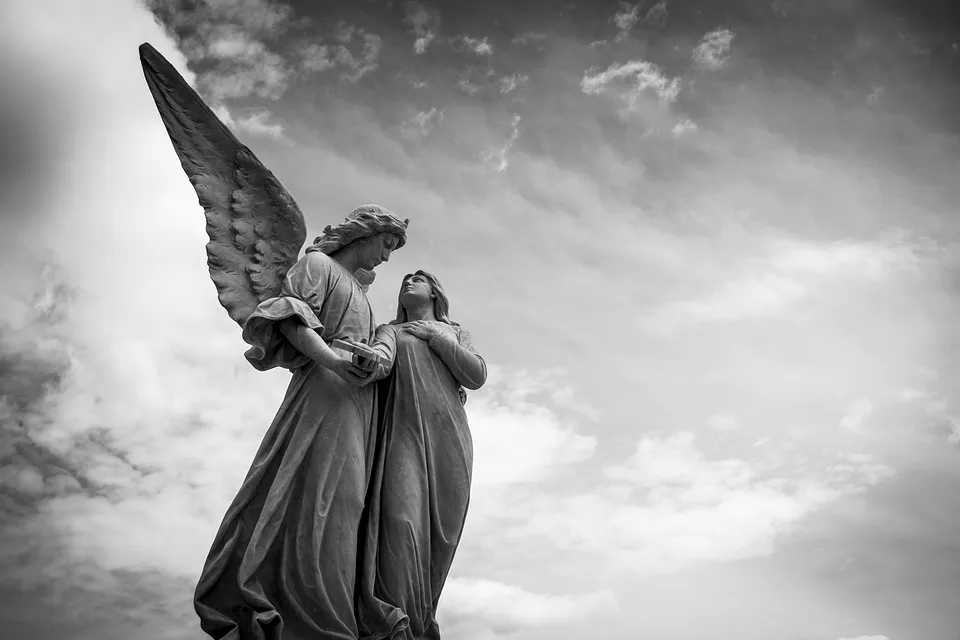
The notion that hallucinatory events are in part responsible for our popular myths, art , and even religious beliefs dates back to the 1840’s, when Boismont dedicated a chapter discussing the complex relationship between hallucinations, psychology, religion and morality in his medical book entitled Hallucinations; or, The Rational History of Apparitions, Visions, Dreams, Ecstasy, Magnetism and Somnambulism.
If you are a big Lewis Carrol fan, for example, you probably know about his visual migraines; and that they occurred before he created his first Alice in Wonderland book. Drawings and writings in his diary entries prior to 1864 provide the evidence for this. Back then, Carroll was formally diagnosed by his eye doctor with ‘disturbances due to eye strain’ 4. But, based on both his and his ophthalmologist’s records it is now accepted that Carrol suffered from Todd’s Syndrome, a neurological disorder now popularly known as Alice in Wonderland Syndrome, which prompts episodes of disorientation and distorted perceptions. So, one can only imagine the role hallucinatory phenomena might have played in the rise of supernatural beliefs.
And another ghost visited my little brother
As for my little brother, he did experience another - less frightening - supernatural event. He saw a gigantic rabbit by his wardrobe. He told me ‘He is your size Abi!’, while gesturing the magnitude of the ghostly image with his two hands. That happened two days after his little rabbit, Dobi, died unexpectedly. In spite of that (or because of it, actually), at a very young age, we arrived to the serious conclusion that his bedroom was definitely haunted.
Reference List:
Brierre de Boismont, A. (1845), Hallucinations; or, The rational history of apparitions, visions, dreams ecstasy, magnetism and somnambulism. Philadelphia, Lindsay and Blakiston.
Blanke, O. et al. (2009), ‘Leaving body and life behind. Out-of-body and near-death experiences.’, in Laureys, Steven, Tononi and Giulio (eds.) The neurology of consciousness, London, Academic Publishers. pp. 303-325.
Dostoevssky, F.M. (1866) Crime and punishement. London, Penguin Classics.
Easwaran, E. (2007) The Bhagavad Gita. California, The blue mountain center of meditation.
Podol, K., Robinson, D. (1999), Lewis Carrols’s migraine experiences, The Lancet, Vol. 353, No. 9161., p.1366.
Rees, W. D. (1971), The hallucinations of widowhood.British Medical Journal, 4:37-41.
Sacks, O. (2012) Hallucinations. New York, Knopf.
Image source Pixabay & Winkimedia: 1 – I created with bannersnack,2,3,4,5


Dear Reader,
I have shared with you some of my spooky stories. Now, I am wondering if you have ever experienced any of the situations discussed here! If so, how did you make sense of it?
I hope this post has demystified some of the events that are often regarded as supernatural 😊
I wish you all the best always ❤
Specially Dedicated To
- First and foremost @zest (my Steemit big brother), who patiently listened to me rambling about this topic in more than one occasion, and kindly shared his views with me from an anthropological perspective.
- Our clever @ruth-girl, who asked me the smartest question about the afterlife someone has ever asked me.
- My dear @mcfarhat, who said “I would love to see you dedicate a post about ghosts too :D”
- And finally, @lemouth, who terrified me when he told me “But ghosts exist!”. However, the lack of a blackboard impeded him from proving this to me through quantum chromodynamics equations. I was secretly pleased about this shortfall, though.